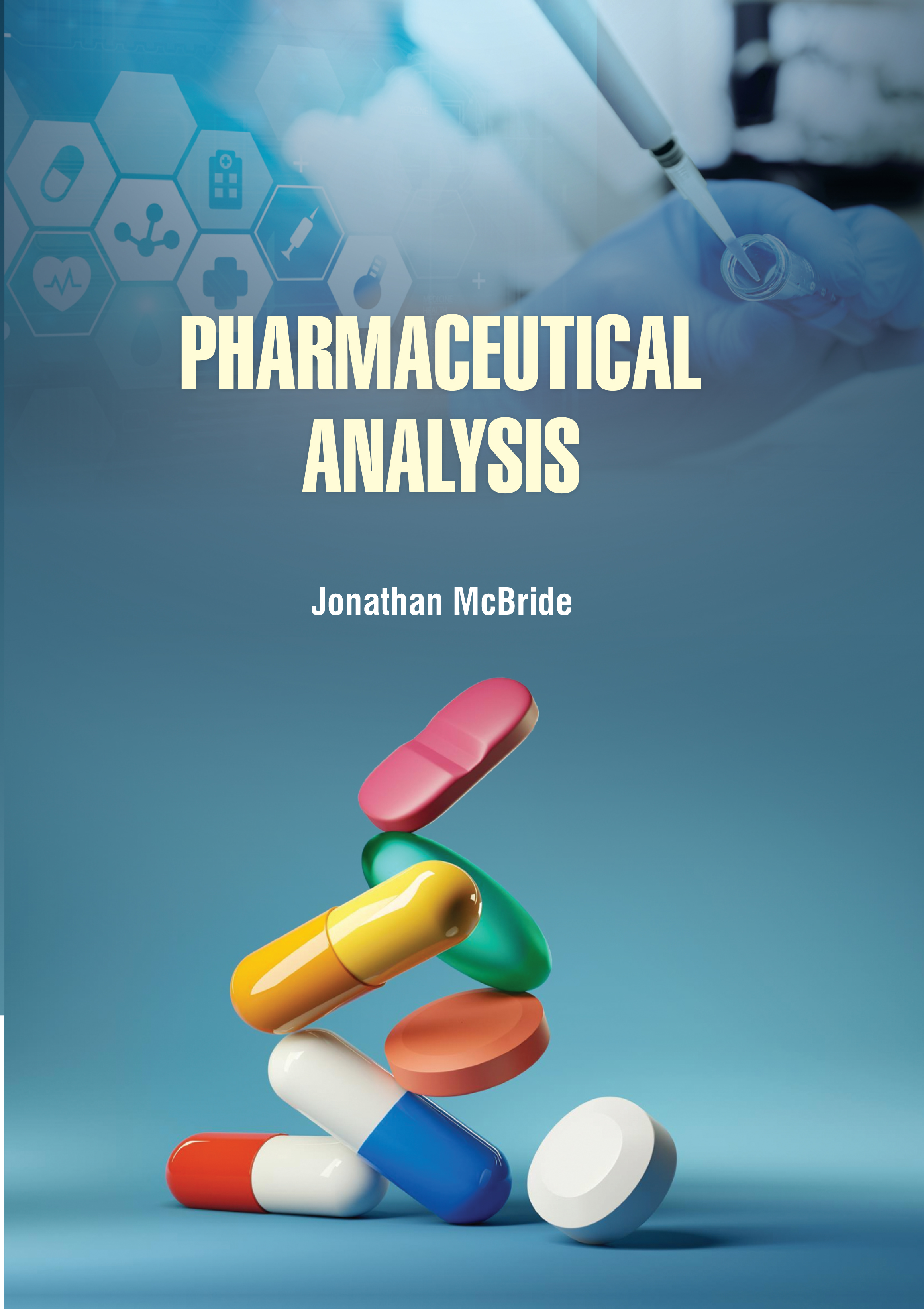
Pharmaceutical Analysis
by Jonathan Mcbride
| ISBN | 9789372424652 |
|---|---|
| Publisher | Digital Drive Learning |
| Copyright Year | 2026 |
| Price | $250.00 |

by Jonathan Mcbride
| ISBN | 9789372424652 |
|---|---|
| Publisher | Digital Drive Learning |
| Copyright Year | 2026 |
| Price | $250.00 |
Pharmaceutical Chemistry is a branch of chemistry that deals with the chemical, biochemical and pharmacological aspects of drugs. It includes synthesis/isolation, identification, structural elucidation, structural modification, Structural Activity Relationship (SAR) studies, study of the chemical characteristics, biochemical changes after drug administration and their pharmacological effects. Inorganic chemistry is the study of all the elements and their compounds except carbon and its compounds (which is studied under organic chemistry). Inorganic chemistry describes the characteristics of substances such as nonliving matter and minerals which are found in the earth except the class of organic compounds. Branches of inorganic chemistry include coordination chemistry, bioinorganic chemistry, organometallic compounds and synthetic inorganic chemistry. The distinction between the organic and inorganic are not absolute, and there is much overlap, especially in the organometallic chemistry, which has applications in every aspect of the pharmacy, chemical industry–including catalysis in drug synthesis, pigments, surfactants and agriculture. In short, Inorganic chemistry is the branch of chemistry that deals with inorganic compounds. In other words, it is the chemistry of compounds that do not contain hydrocarbon radicals. Inorganic chemistry is the study of elements and their compounds; except carbon and its compounds which are studied under Organic chemistry. However, the distinction between the organic and inorganic are not absolute, and there is much overlap. Inorganic compounds – The compounds which are synthesized by the geological systems and lack hydrocarbon (carbon-hydrogen). In other words, we can say that organic chemistry is chemistry deals with molecules containing Carbon & Hydrogen and hence inorganic chemistry is chemistry that deals with the compounds or molecules which lack carbon atom. In this book, subject matter has been reorganised incorporating applicationwise classification(Therapeutic, pharmaceutical etc) rather than the traditional chemical classification.